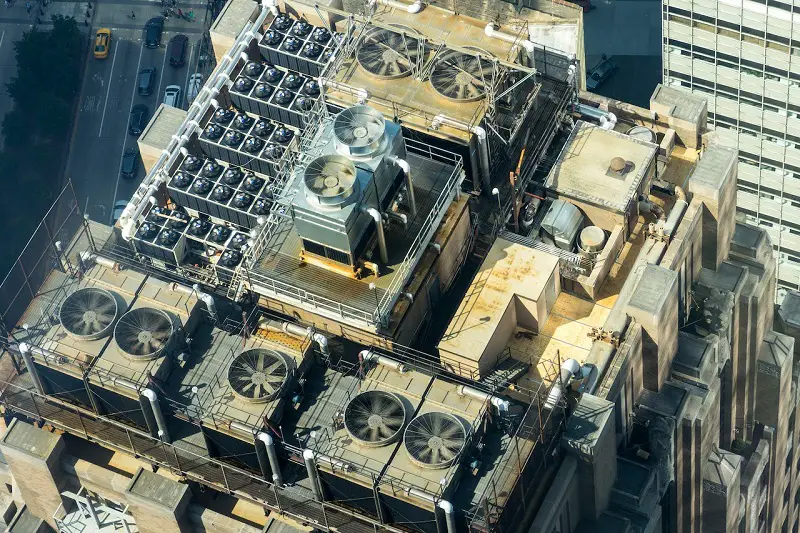Air conditioning has evolved over the years, transforming the way we live and work indoors. According to activeplumbingandair.com, the evolution of air conditioning is a fascinating journey with various key milestones and advancements. Let’s explore the AC’s history!
Ancient Cooling Techniques and the Invention of Mechanical Cooling
One of the first instances of indoor cooling can be traced back to various ancient civilizations, especially the Egyptians. They used porous clay pots filled with water to cool the air through evaporation.
In Rome, aqueducts would circulate water through home walls to provide cooling, but the modern era of air conditioning began in the 19th century when mechanical cooling systems were invented.
In 1758, Benjamin Franklin and John Handley used ether in their evaporative cooling concepts, but Michael Faraday advanced the concept of compression and liquefication of gases in the 1820s.
Modern Air Conditioning
American engineer Willis Carrier developed the first modern electrical air conditioning system in 1902. Willies Carrier’s system used a condenser, compressor, evaporator, and refrigerant to cool air and control humidity. His invention revolutionized various industries, such as printing, textile manufacturing, and food preservation.
Residential Air Conditioning
The demand for cooling in homes grew steadily over the years, but only after the end of World War II did air conditioning units become more common, smaller, easier to install, and more affordable. These changes led to a significant shift in living standards and population migration to warmer regions.
Advancements in Air Conditioning
Early air conditioning systems weren’t as safe and efficient as they are today. This is mainly because they used toxic or flammable refrigerants such as methyl chloride, ammonia, or sulfur dioxide.
The first development of safer synthetic refrigerants occurred in the 1930s when chlorofluorocarbons (CFCs) were implemented as the main refrigerant used in air conditioning systems. This new refrigerant was much safer and improved the efficiency of air conditioning systems until concerns were raised about damage to the ozone layer. In the late 20th century, CFCs were phased out of the air conditioning industry.
As environmentally friendly refrigerants were discovered and grew in popularity, hydrochlorofluorocarbons (HCFCs) and hydrofluorocarbons (HFCs) gradually became the main synthetic refrigerants used in most ACs.
This development addressed the environmental impact of ACs and considered energy efficiency. Various other energy-efficient technologies, such as speed compressors, improved insulation, and smart controls, were incorporated to minimize energy consumption.
Integration of Smart Technology
Smart technologies, such as smart thermostats or home automation systems, have enabled smarter and more responsive cooling solutions and brought significant changes and advancements in air conditioning.
Modern ACs have various features that go beyond cooling and have a wide range of functions, such as air purification, humidity control, and air quality monitoring. Still, the main concern regarding ACs is their environmental impact. Nowadays, the air conditioning industry is exploring greener and more sustainable alternatives, such as the use of natural refrigerants like hydrocarbons and carbon dioxide.
Energy-efficient designs and passive cooling techniques relying on natural ventilation and thermal insulation also play a key role in the AC’s sustainable and green future.




